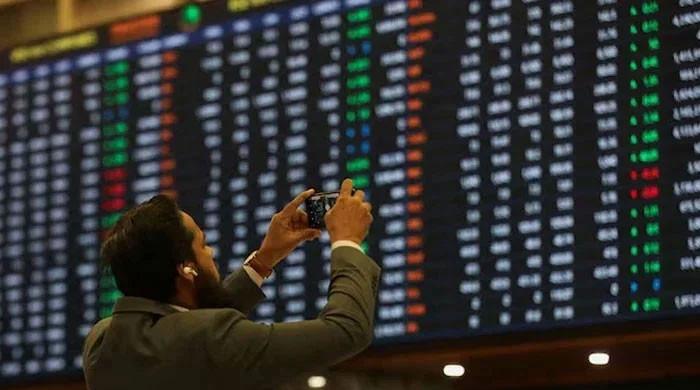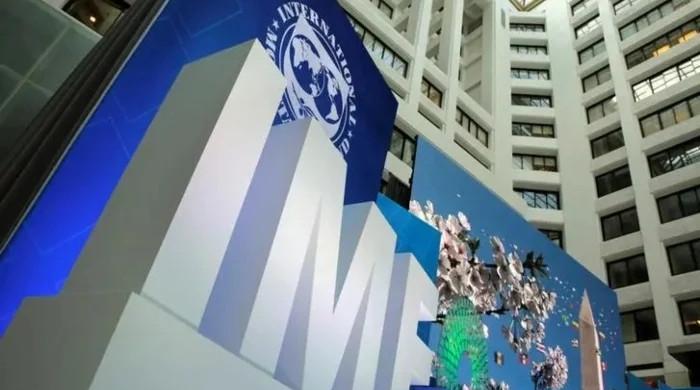Story of India’s economic growth (Part 2)
In India, greater decentralisation of economic power to the states has opened up new vistas, writes Dr Ishrat Husain.
September 09, 2022

India’s success factors may be many but three salient features need emphasis. First, Indian entrepreneurs are dynamic, vibrant and innovative. They even used the socialist economy regime of control and license raj for ‘learning by doing’.
Just to give an example, India had a ramshackle automobile industry dominated by two outdated models until the 1990s. The suppliers, engineers, vendors, parts manufacturers did acquire the techniques of supply chain management, production and distribution under most adverse circumstances. When the economy did open up in the post-1991 period and the private sector allowed to set up manufacturing industries without prior approvals, among many others the auto industry too took off. Today India is manufacturing over three million passenger vehicles and approximately 20 million two-wheelers.
Manufactured goods constitute over 64 per cent of exports and are quite diversified including engineering goods, chemicals, pharmaceuticals, electrical goods, industrial machinery, textiles. Projections show that this will cross $1 trillion in the next five years. Export growth is driven by capacity expansion, fresh investment, performance linked incentives provided by the government, mergers and acquisitions and private equity/venture capital.
The dynamism can be discerned by looking at the composition of billionaires. In the decade of the 2010s the number of Indian billionaires rose from 55 to 140. Two out of three of these are newcomers as they were not listed 10 years ago. Of 55 at the start of the decades, more than a third fell off the list as they couldn’t withstand the competition. The expansion of the number of billionaires and their undertakings in new ventures has pushed up India’s investment-to-GDP ratio to 30 per cent. Almost all Fortune 500 companies and many other leading brands have entered the Indian market. Indian multinationals have matured so much that they are now acquiring companies in Europe and the United States and diversifying their portfolios.
Foreign investors have set up joint ventures with well-known Indian companies, bringing in technology, marketing knowhow and connections with their global network. The diffusion of technology and knowledge has permeated Indian-owned companies when managers and technicians of the multinationals were lured by the former, thus raising the general productivity levels. India was thus not only able to cater to the demands of a large and expanding middle class domestically but also tripled its share in the global export market.
Second, a consensus on the constitution was reached quite early, settling the difficult question of political arrangement. As many as 565 princely states that provided public services and collected taxes and were not directly governed by the British but by an Indian ruler subject to a subsidiary alliance were merged, integrated and absorbed in the main body of Indian political structure unifying the country into a single nation and administrative unit after a century of disjointed and disorderly arrangements. These princely states covered 40 per cent of the area of pre-independence India and 23 per cent of its population.
Originally, there were nine Indian states (equivalent to our provinces) but the States Reorganization Act 1956 reorganized them on a linguistic basis. Since then, new states have been carved out of the original nine and at present there are 29 states and eight union territories. The nature of the relationship between the union government and the states has changed over time. Greater decentralization of economic power to the states has increased and new vistas have opened up for creative and innovative activities by the subnational governments.
A new federal market economy has emerged, the distinguishing characteristic of which is ‘competitive federalism’. The state chief ministers vie with one another to attract investment, hold conferences, road shows, receive delegations and persuade investors to locate their industries or business projects in their state with the lures of incentives, tax breaks, land at subsidized rates , public utility connections and the like.
The most enterprising states such as Tamil Nadu, Gujarat, Maharashtra and Andhra Pradesh have become role models for attracting both domestic and foreign investors. When Tata Motors got into difficulty with the West Bengal government, the chief minister of Gujarat invited the company to choose any piece of land in their state for starting their operation.
The 11th Finance Commission of India also strengthened the fiscal powers of these progressive states by altering the priorities for allocation from need and social justice to effective utilization of resources and economic growth. Some analysts attribute India’s high growth rate in large measure to state-level initiatives and entrepreneurship. India’s institutions and bureaucracy have not gone through a radical change but competition among states, to some extent, has acted as a countervailing force against institutional inertia, bureaucratic red tape and slow response capacity.
Third, e-governance, digitalisation of the economy including digital payment systems, e-commerce, talent and skill development in IT and advanced technology along with the unique national digital identification system Aadhar have made significant contribution in Improving efficiency, bringing transparency and delivery of public services to ordinary citizens. With 75 million smartphone, 1330 million Aadhar cards , more than eight million internet users with access to 4G enjoying lowest data tariffs in the world, India is using technology as a tool to transform the lives of people.
Efforts have been stepped up to provide access to high-speed internet to remote and far-flung areas to make digital technology usage more inclusive and promote digital literacy. Optical fibre has been laid in 183,000 villages that allowed the number of common service centers to expand from 80,000 to 400,000. These centers provide assisted delivery of digital services to common citizens such as banking, insurance, state and government services, passports etc.
The Indian public benefit distribution system was characterized by leakages, corruption, misuse and opacity. The Jan-Dhar-Mobile (JDM) trinity has ensured that the intended poor target groups or households receive the amounts directly into their bank accounts. About IRs23 trillion have been transferred this way in the last eight years, saving about IRs2.2 trillion to the government. Digital land records are being developed using drones and GIS technology so that the land disputes and litigation that are so rampant and have congested the court system are minimized as the rightful ownership of land title is recorded and digitized. An added advantage would be that this clear title can be used for mortgage loans and to meet collateral requirements of the banks. Nearly 21 million land parcels have been digitized so far.
India’s digital payment system has gone through a revolution since the UPI and Aadhar Enabled Payment system were introduced. Around 332 million people have opened mobile phone based accounts under this mass financial inclusion program. Paytm linked to Alibaba alone has 300 million mobile wallets; 10 million businesses have been brought onto a common digital platform through the Goods and Services tax. The GST regime was introduced in 2017 and has removed tax barriers across the states allowing free flow of goods. A single common market has come to exist although it has increased compliance burden on small businesses.
All major global technology companies are setting up their research and development centers in India. The country has more than 61400 startups. They were able to raise $39 billion in 2021 – a rise of 255 per cent from 2020. There was a 70 per cent increase in first time angel investors. Around 90 venture capital, private equity, and debt funds are actively engaged in funding. Last year, 16 unicorns were added, taking the number of unicorns in India to over 50 – the third highest after the US and China. Jeff Bezos not only announced an investment of $10 billion but also categorically declared that “the 21st century was the Indian century”. This statement has not only boosted the self-confidence of young Indians but also attracted the attention of other major global players.
To be continued...
The writer is the author of 'Governing the ungovernable'.
Originally published in The News









